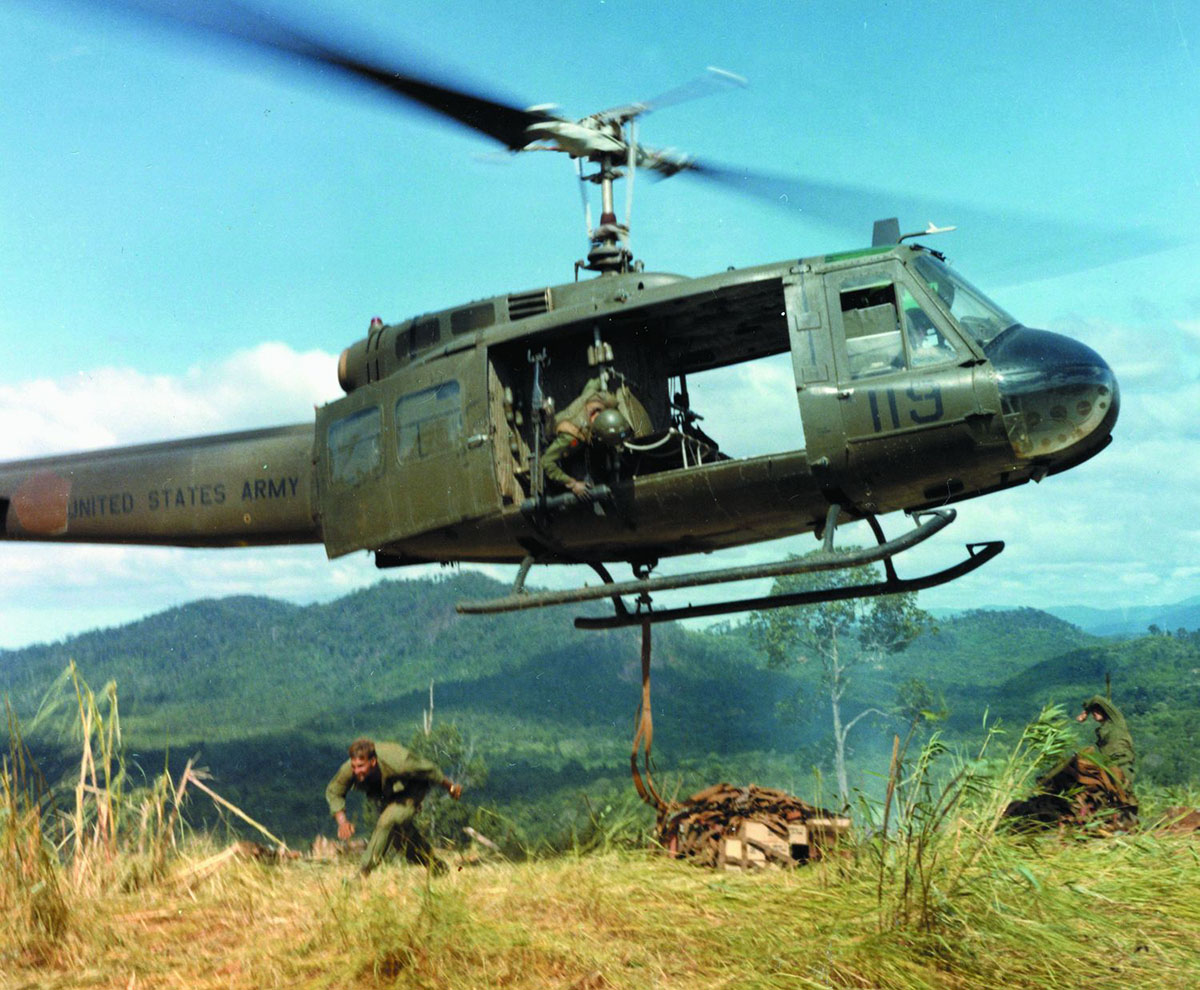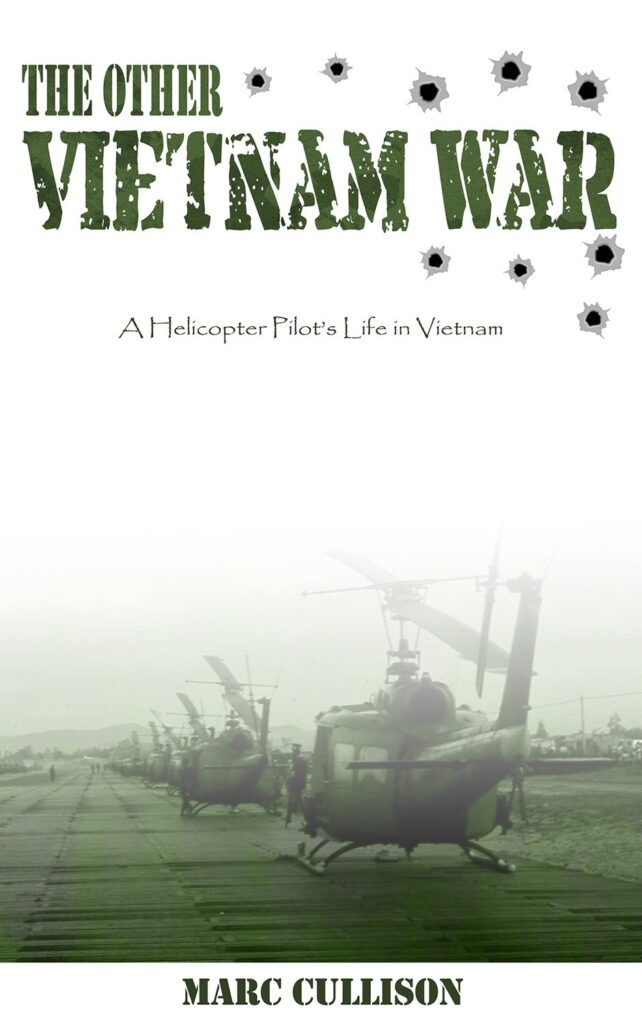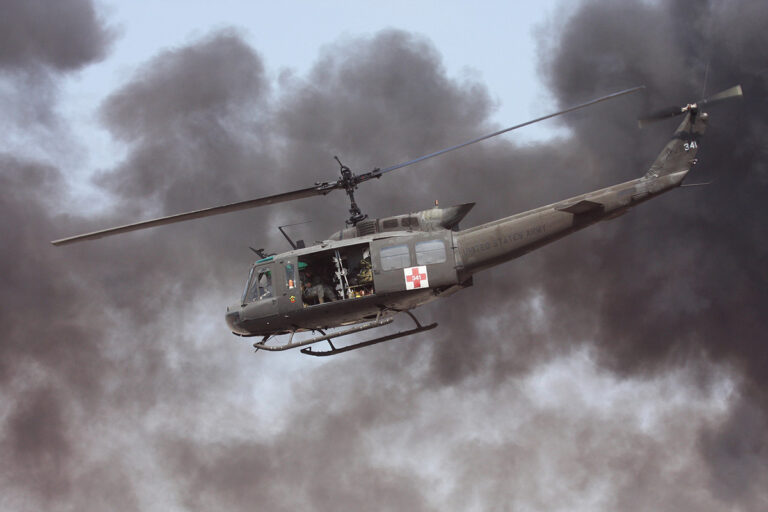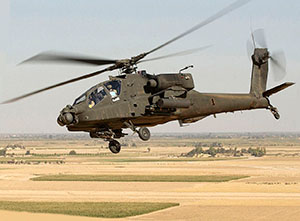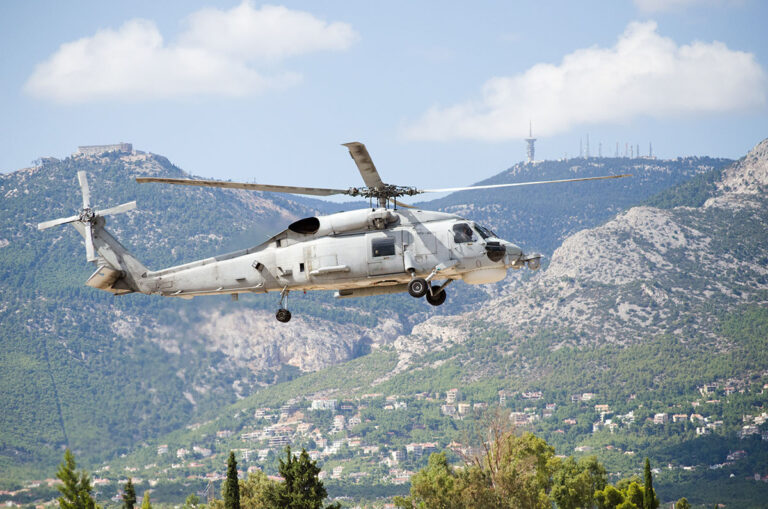Vietnam Becomes the Helicopter War
Originally posted on USMilitaryHelicopters.org.
In 1968, US Troops numbered over 535,000 and the Huey Helicopter was a familiar sight. The helicopter proved its worth in the early months of 1968 when the Tet Offensive started in Vietnam Cities. During the offensive, armed UH-1 gunships would fly on the flanks of the combat zone while UH-1 slicks delivered troops into a landing zone. If the LZ was under fire from Viet Cong positions, the gunships would try to keep the Viet Cong under cover. It was during this time that the AH-1G HueyCobra was introduced to the battlefield.
During the Tet Offensive, the US Embassy in Saigon was attacked by a squad of 15 Viet Cong. During the attack, a Huey helicopter rescued Embassy staff from the roof. During the attack of the US Embassy, ground forces engaged in a ground battle with tanks and mortars while Army Hueys provided air cover. The Vietcong also managed to reach the US Commander Headquarters. Thankfully, UH-1 gunships from the 120th Assault Helicopter Company unleashed gun and rocket fire on the VC assailants stopping the attack.
The Other Vietnam War: A Helicopter Pilot’s Life in Vietnam
Each of us who served in Vietnam was the guy next door, the average Joe, not a hero. The boy who might date your daughter or sister. The young man who might mow your yard. In Vietnam, we weren’t out to be heroes. We just did our jobs.
For a helicopter pilot, each day was like all the others. You flew the mission and never stopped to think that it might be your last. You didn’t think about the bullet holes in the helicopter, the cracks in the tail boom, or about any of it until night, lying in bed when you couldn’t think of anything else.
Before, during, and after the Tet Offensive, the ability of the Huey to deposit or extract soldiers into or from battle remained a key American weapon, on which the Viet Cong and North Vietnamese could never counter effectively. The helicopters were flown by a group of individuals knew what they were doing was extremely dangerous. The Hueys were vulnerable and few pilots and crew never worried about the dangers of constantly being shot at.
The biggest threat to the helicopters was small arms fire. Even though the Huey seemed to be fairly resistant to the actual small arms fire, the small arms fire could penetrate the cockpit. Pilots and crew had very little protection and the infantrymen in the rear resorted to sitting on their helmets for protection.
By the end of 1969, the H-13, H-23 and H-34 helicopters had been pulled from the battlefield. It was difficult to find a utility-sized helicopter anywhere in Vietnam that wasn’t a Huey. The UH-1 had transformed the Vietnam into “the Helicopter War”.


